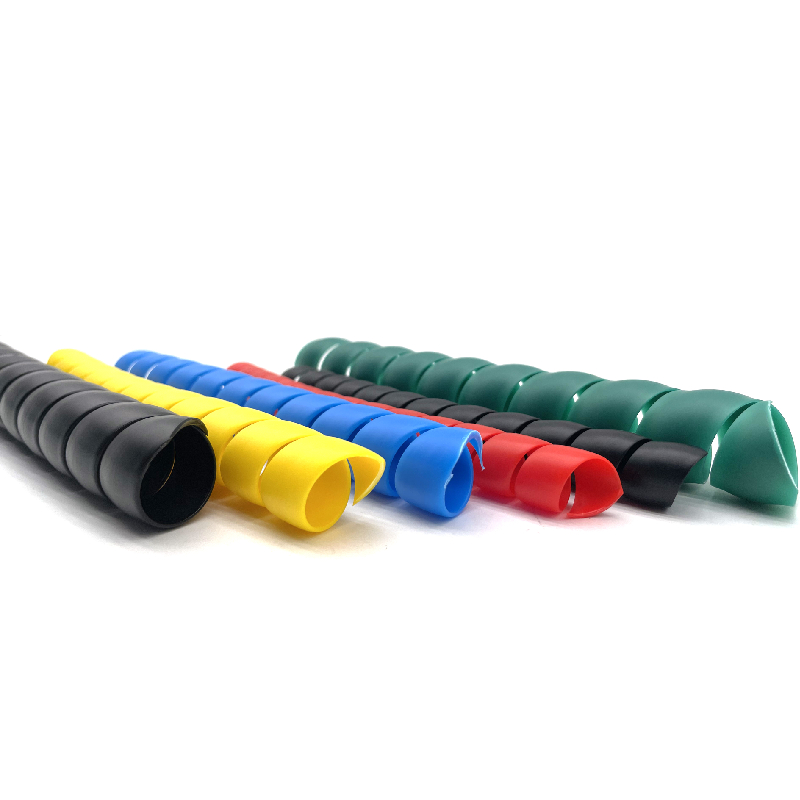Power Steering Hose Leakage at Fitting Causing Fluid Loss and Potential Steering Issues
Power Steering Hose Leaking at Fitting Causes, Symptoms, and Solutions
Power steering is an essential component of modern vehicles, making it easier for drivers to maneuver their cars with minimal effort. The power steering system relies on hydraulic fluid to assist in this process, which is delivered through power steering hoses. Unfortunately, these hoses can develop leaks, particularly at the fittings where they connect to other components. Understanding the causes, symptoms, and potential solutions to a leaking power steering hose at the fitting can help ensure the longevity and performance of your vehicle.
Causes of Leaks
One of the most common causes of a power steering hose leak at the fitting is wear and tear. Over time, the rubber or metal components of the hoses can degrade due to exposure to heat, moisture, and the constant stress of engine operation. Cracking, swelling, or becoming brittle can compromise the integrity of the hose, leading to leaks at the joints.
Another potential cause is improper installation or over-tightening of the fittings. When a power steering hose is installed, it must be connected securely but not excessively tightened. Over-tightening can damage the fitting or hose, leading to leaks. Corrosion at the fittings, particularly in older vehicles or those exposed to harsh conditions, can also result in leaks as it weakens the material.
Additionally, contamination of the power steering fluid can contribute to leaks. If debris or moisture enters the system, it can degrade the hose material or cause crystallization, which leads to leaks over time.
Symptoms of a Leaking Hose
Recognizing the symptoms of a leaking power steering hose is crucial for timely intervention. One of the primary signs is the presence of fluid on the ground beneath your vehicle; this fluid is typically red or pink, indicating power steering fluid. You might also notice a decrease in power steering performance, making it difficult to turn the steering wheel, especially at low speeds.
power steering hose leaking at fitting

Another symptom may be a whining noise when turning the wheel. This sound can indicate that the power steering pump is struggling due to low fluid levels caused by the leak. If the leak is significant, you may also experience a burning smell from the power steering fluid overheating due to insufficient lubrication.
Solutions and Repairs
If you suspect that your power steering hose is leaking at the fitting, it is essential to address the issue promptly. Start by visually inspecting the hoses and fittings for visible signs of damage or fluid leakage. If you identify a leak, the most effective solution is usually to replace the affected hose.
Before replacing the hose, ensure that you have the correct specifications for your vehicle's make and model. It is also wise to check other components of the power steering system for wear and damage, as replacing a single hose may lead to further issues down the line if other components are compromised.
When installing a new power steering hose, make sure it is positioned correctly and not under stress. Use the appropriate torque specifications when securing the fittings to avoid over-tightening. Once the new hose is installed, fill the power steering reservoir with fresh fluid and check for any additional leaks.
Conclusion
A leaking power steering hose at the fitting is a common issue that can impact the performance of your vehicle. Understanding the causes, recognizing the symptoms, and taking prompt action can save you time and money on repairs. Regular maintenance and inspections of your power steering system can help identify issues before they escalate, ensuring a safe and enjoyable driving experience.
-
Ultimate Spiral Protection for Hoses & CablesNewsJun.26,2025
-
The Ultimate Quick-Connect Solutions for Every NeedNewsJun.26,2025
-
SAE J1401 Brake Hose: Reliable Choice for Safe BrakingNewsJun.26,2025
-
Reliable J2064 A/C Hoses for Real-World Cooling NeedsNewsJun.26,2025
-
Heavy-Duty Sewer Jetting Hoses Built to LastNewsJun.26,2025
-
Fix Power Steering Tube Leaks Fast – Durable & Affordable SolutionNewsJun.26,2025

